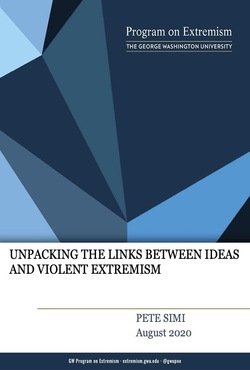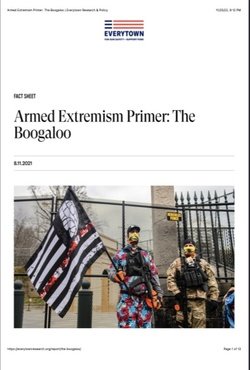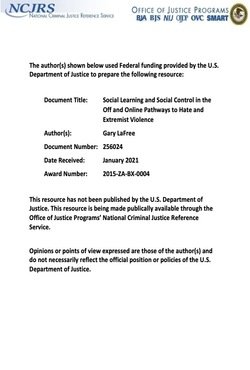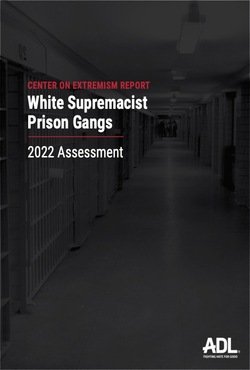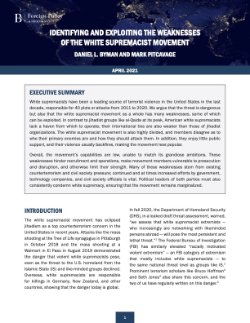By Maura Conway
This report treats developments in the violent extremist and terrorist online scene(s) and responses to them in the 13-month period from 1 December 2018 to 31 December 2019. It is divided into two parts: Part I focuses on the online activities of the extreme right, with a particular emphasis on the Christchurch attacks, and Part II on violent online jihadism, particularly the so-called ‘Islamic State’ (hereafter IS). The Conclusion provides a summing-up and identifies issues in this realm that bear watching in 2020. Those familiar with our previous reports will know that the structuring of these was slightly different, with analysis of violent jihadi activity preceding discussion of extreme right online activity in all instances. The March 2019 Christchurch attacks and a series of subsequent attacks in the United States and Germany put extreme right online activity firmly centre stage however, which is reflected in the structuring of the present report.
Dublin: VOX-POL Network of Excellence, Dublin City University, 2919. 26p.









